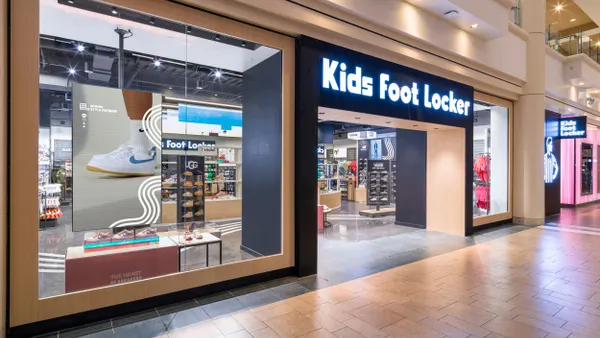Dive Brief:
-
The U.S. and 11 Pacific Rim nations Monday announced they’d reached a final deal on details of the Trans-Pacific Trade agreement, what is being called the largest regional trade accord in history.
-
The full text of the deal isn’t immediately available and will have to be ratified. Critics worry that the accord could kill jobs here or send more to Asia, but advocates say that for the U.S., more barriers to trade will be removed and that jobs here actually have a better chance under the deal.
-
The deal promises to face scrutiny from the U.S. Congress and has already be a flashpoint in the presidential race for both the Democratic and Republican candidates.
Dive Insight:
Once finalized, the TPP will be an agreement among the U.S. and Australia, Brunei Darussalam, Canada, Chile, Japan, Malaysia, Mexico, New Zealand, Peru, Singapore, and Vietnam to gradually reduce and in some cases eliminate tariffs, and otherwise promote trade. Those countries are also members of the Asia-Pacific Economic Cooperation (Apec). Early discussions on such an agreement began years ago in various venues at various times, but began in earnest in 2010.
The agreement aims to phase out thousands of import tariffs and other obstacles to trade with Asian countries and would install across-the-board rules to businesses’ intellectual property, environmental impacts, and Internet access.
Because of its Asia focus, the TPP will have a significant impact on apparel retailers and others that source and manufacture merchandise there. But it could affect all retailers that hope to increase sales to Asia. The National Retail Federation supported the deal Monday, saying that it will help retailers large and small find new overseas market and source goods.
"International trade supports millions of jobs in the retail industry, and that number will only grow with passage of TPP," David French, NRF's senior vice president for government relations, said in a statement, "NRF looks forward to reviewing the final agreement with our members to identify the benefits for retailers and their customers."
According to the NRF, this agreement and another deal currently being negotiated, the Transatlantic Trade and Investment Partnership, could help eliminate nearly $6 billion in tariffs, which could help retailers drive down the price of imported goods.
President Obama and other proponents of the TPP argue that opening these markets in Asia — some 40% of the world economy — which is home to a significant portion of the world’s population and an increasingly growing middle class, will benefit American companies by opening new markets for American goods. Of course, the U.S. alone accounts for some 22% of the world economy, so many have called that much-touted statistic misleading. Still, no one, pro or con, disputes the idea that Asia is an area of growing importance to trade.
Note that the list of countries doesn’t include China; indeed the agreement is seen by many as an antidote to China’s dominance in Asia.













